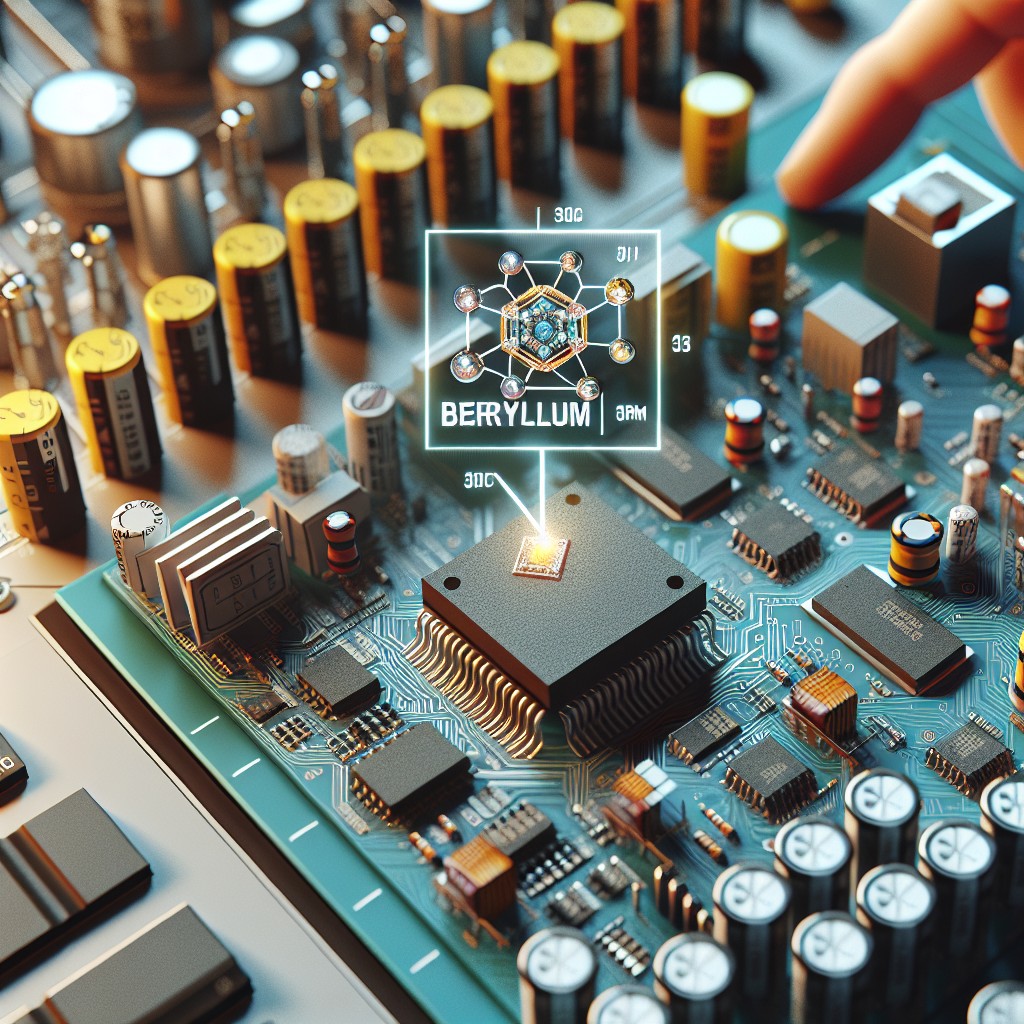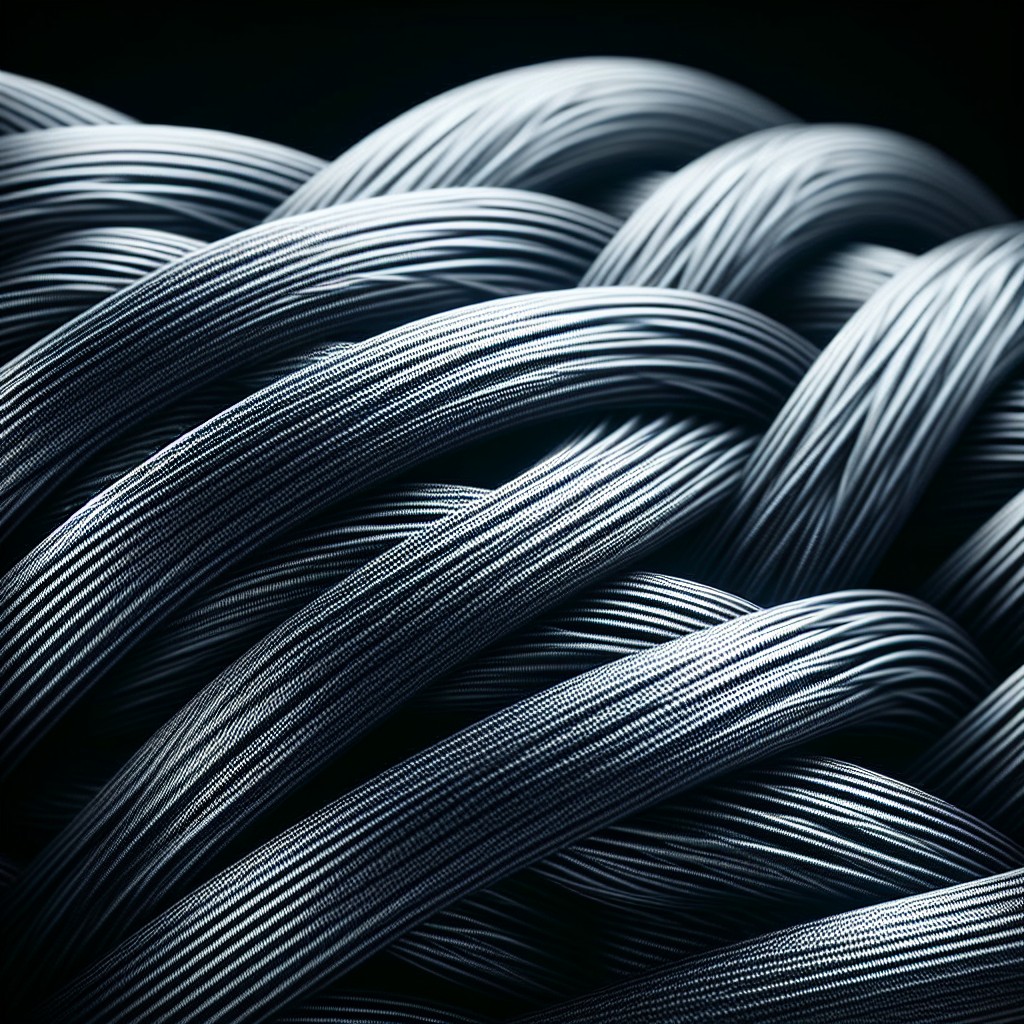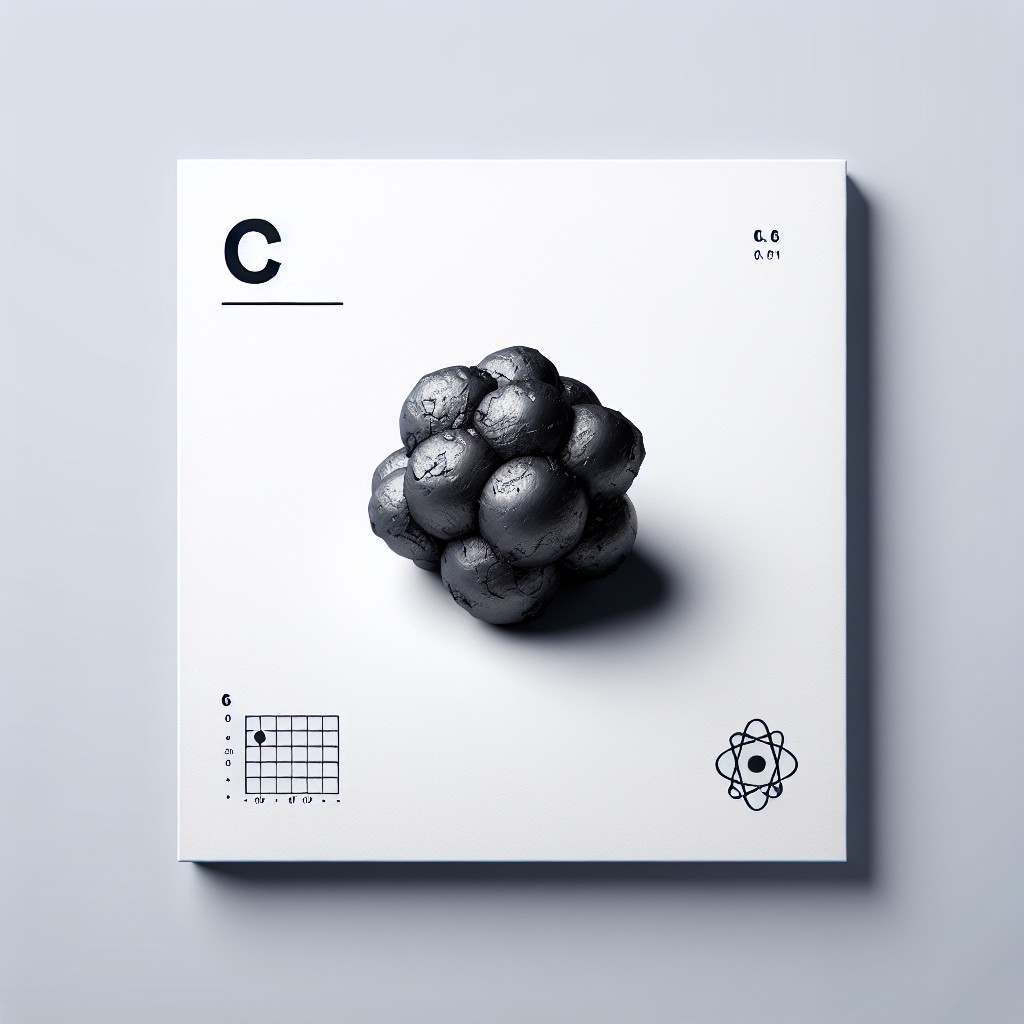Iron is one of the most important elements in human history. From its discovery and early use in ancient civilizations to its role in shaping the modern world, iron has played a vital role in human development. This article will explore the history of iron, its importance in our bodies, its impact on society, architecture, warfare, agriculture, art, and its future potential.
Summary
- Iron has been used since ancient times, with evidence of iron tools dating back to 3000 BC.
- Iron is a vital element in our bodies, playing a crucial role in the production of red blood cells.
- The Industrial Revolution saw a huge increase in the use of iron, leading to major societal changes and advancements.
- Iron has been used in architecture for centuries, from bridges to skyscrapers, due to its strength and durability.
- There are different forms of iron, including cast iron, wrought iron and steel, each with their own unique properties and uses.
The History of Iron: From Ancient Times to Modern Day
The discovery and early use of iron can be traced back to ancient civilizations such as Mesopotamia and Egypt. Iron was initially used for decorative purposes and later for tools and weapons. The Hittites were the first to develop iron production techniques around 1500 BCE, which involved heating iron ore in a charcoal fire to extract the metal. This marked the beginning of the Iron Age.
Iron played a crucial role in ancient civilizations such as the Roman Empire, where it was used for construction, weapons, and tools. The Romans were known for their advanced iron production techniques, including the use of water-powered hammers to forge iron into various shapes.
The modern iron industry began during the Industrial Revolution in the 18th century. The invention of the steam engine and advancements in iron production techniques led to a significant increase in iron production. Iron became the backbone of industrialization, powering railways, factories, and machinery.
Iron in Our Bodies: The Vital Importance of this Mighty Element
Iron is an essential element for human health. It plays a crucial role in transporting oxygen throughout the body and is a key component of hemoglobin, which carries oxygen in red blood cells. Iron is also involved in energy production and immune function.
Iron deficiency is a common health issue worldwide, affecting both developed and developing countries. It can lead to anemia, fatigue, weakness, and impaired cognitive function. It is important to consume enough dietary iron to prevent deficiency. Good sources of iron include red meat, poultry, fish, legumes, and leafy green vegetables.
The Industrial Revolution and Iron: How it Changed Society Forever
| Year | Event | Impact |
|---|---|---|
| 1760 | First Industrial Revolution begins in Britain | Shift from manual labour to machine-based manufacturing |
| 1764 | James Hargreaves invents the spinning jenny | Increases textile production and lowers costs |
| 1784 | Henry Cort invents the puddling process | Allows for mass production of high-quality iron |
| 1793 | Eli Whitney invents the cotton gin | Revolutionizes cotton production and increases demand for slave labour |
| 1804 | Richard Trevithick builds the first steam locomotive | Transforms transportation and enables faster and more efficient movement of goods and people |
| 1833 | Factory Act passed in Britain | Regulates working conditions and improves safety for factory workers |
| 1851 | The Great Exhibition held in London | Displays the latest technological advancements and promotes international trade |
The Industrial Revolution was a period of rapid industrialization and technological advancements that began in the late 18th century. Iron played a crucial role in this revolution, transforming society forever.
The development of iron-based machinery, such as the steam engine and the spinning jenny, revolutionized manufacturing and transportation. Iron railways allowed for the efficient movement of goods and people, connecting cities and facilitating trade. Iron bridges and buildings were constructed on a large scale, transforming urban landscapes.
The growth of the iron industry during the Industrial Revolution led to the rise of industrial cities and the emergence of a new working class. Iron became a symbol of progress and modernity, shaping the world we live in today.
Iron in Architecture: From Bridges to Skyscrapers
Iron has been used in architecture for centuries due to its strength and durability. The use of iron in construction became more widespread during the Industrial Revolution, with the development of new construction techniques.
Famous iron structures throughout history include the Eiffel Tower in Paris, the Brooklyn Bridge in New York City, and the Crystal Palace in London. These structures showcase the versatility and beauty of iron in architecture.
However, there are also disadvantages to using iron in construction. Iron is prone to rusting when exposed to moisture, which can weaken structures over time. Additionally, iron is a heavy material, requiring strong foundations and support structures.
The Different Forms of Iron: Cast Iron, Wrought Iron and Steel

There are three main forms of iron: cast iron, wrought iron, and steel. Each form has its own characteristics and uses.
Cast iron is a brittle material that is formed by melting iron and adding carbon. It is known for its excellent heat retention properties and is commonly used for cooking utensils and engine blocks.
Wrought iron is a malleable material that is formed by heating iron and removing impurities. It is known for its decorative qualities and was commonly used in gates, railings, and furniture.
Steel is an alloy of iron and carbon that is stronger and more durable than both cast iron and wrought iron. It is used in a wide range of applications, including construction, automotive manufacturing, and machinery.
Iron in Warfare: The Weaponry and Armour of the Past
Iron has played a crucial role in warfare throughout history. The use of iron weapons and armor gave civilizations a significant advantage on the battlefield.
In ancient warfare, iron weapons such as swords, spears, and arrows replaced less effective materials such as bronze. Iron armor provided better protection for soldiers, allowing them to withstand enemy attacks.
The development of iron weapons and armor also had a significant impact on military strategy. Iron allowed for the creation of larger armies and more efficient warfare tactics. It changed the dynamics of warfare and shaped the outcome of many battles throughout history.
Iron in Agriculture: How it Revolutionized Farming
Iron has revolutionized farming by improving productivity and efficiency. The use of iron in farming tools such as plows, harrows, and scythes allowed farmers to cultivate larger areas of land in less time.
Iron-based machinery such as tractors and combine harvesters further increased agricultural productivity. These machines allowed farmers to plant, harvest, and process crops on a large scale, leading to increased food production.
The development of iron-based machinery for farming also led to the mechanization of agriculture. This reduced the need for manual labor and allowed for more efficient farming practices.
The Iron Age: A Time of Innovation and Advancement
The Iron Age was a period of human history characterized by the widespread use of iron tools and weapons. It began around 1200 BCE and marked a significant advancement in human civilization.
The Iron Age brought about innovations such as iron smelting, which allowed for the mass production of iron. This led to the development of new tools, weapons, and agricultural implements.
Iron also played a crucial role in the expansion of empires and the rise of civilizations. The ability to produce iron weapons and armor gave civilizations a military advantage, allowing them to conquer and control vast territories.
Iron in Art: The Use of Iron in Sculpture and Metalwork
Iron has been used in sculpture and metalwork throughout history. Its strength and malleability make it an ideal material for creating intricate and durable artworks.
Iron sculptures can be found in various cultures and time periods, from ancient Egyptian statues to modern abstract sculptures. Iron has also been used in metalwork to create decorative objects such as jewelry, vases, and furniture.
The techniques used in iron-based art vary depending on the desired outcome. These techniques include forging, casting, welding, and etching. Iron-based art has had a significant impact on the art world, showcasing the creativity and skill of artists throughout history.
The Future of Iron: New Developments and Innovations in the World of Iron
The future of iron holds exciting possibilities. Advances in technology are leading to new developments and innovations in iron production.
One area of innovation is the development of new iron alloys with improved properties. These alloys can be used in a wide range of industries, including aerospace, automotive, and construction.
Another area of development is the use of renewable energy sources in iron production. This can help reduce the environmental impact of iron production and make it more sustainable.
Furthermore, advancements in 3D printing technology are opening up new possibilities for iron-based products. 3D printing allows for the creation of complex shapes and structures that were previously difficult or impossible to produce using traditional manufacturing methods.
Throughout history, iron has played a vital role in shaping human civilization. From its early use in ancient civilizations to its impact on the Industrial Revolution and beyond, iron has been a driving force of progress and innovation.
Iron’s importance extends beyond industry and technology. It is an essential element for human health, playing a crucial role in our bodies. Iron has also left its mark on architecture, warfare, agriculture, art, and many other aspects of human life.
As we look to the future, iron continues to hold great potential. New developments and innovations in iron production technology are opening up exciting possibilities for its use in new industries. Iron will undoubtedly continue to shape the world we live in, just as it has done throughout history.
FAQs
What is Iron (Fe)?
Iron (Fe) is a chemical element with the symbol Fe and atomic number 26. It is a metal in the first transition series and is the most common element on Earth by mass.
What are the physical properties of Iron (Fe)?
Iron (Fe) is a silvery-grey metal that is ductile, malleable, and magnetic. It has a melting point of 1,538°C and a boiling point of 2,862°C. It is also a good conductor of electricity and heat.
What are the uses of Iron (Fe)?
Iron (Fe) is used in a variety of applications, including construction, transportation, and manufacturing. It is used to make steel, which is used in buildings, bridges, and vehicles. It is also used in the production of machinery, tools, and household appliances.
What are the health effects of Iron (Fe)?
Iron (Fe) is an essential nutrient for the human body, as it is required for the production of hemoglobin, which carries oxygen in the blood. However, excessive intake of iron can be harmful and can lead to iron overload, which can cause liver damage, diabetes, and heart disease.
Where is Iron (Fe) found?
Iron (Fe) is found in the Earth’s crust, and is the fourth most abundant element by mass. It is found in minerals such as hematite, magnetite, and taconite, and is also present in the soil and in the ocean.
How is Iron (Fe) extracted?
Iron (Fe) is extracted from its ores through a process called smelting. The ore is first crushed and then heated in a furnace with coke and limestone. The coke reacts with the oxygen in the ore to produce carbon monoxide, which reduces the iron oxide to iron. The limestone reacts with the impurities in the ore to form slag, which is removed from the furnace.


